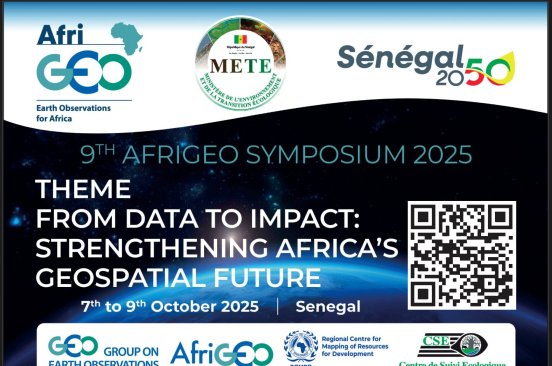
Detecting Methane with Drones: A Game-changer for Environmental Safety
Peru Flying Labs partnered with Aeromon to demonstrate how drones equipped with advanced gas sensors are transforming emissions monitoring.
July 29th, 2025

Methane is one of the most potent greenhouse gases, with a global warming potential over 80 times greater than carbon dioxide over a 20-year period. In industries such as oil and gas, the need to detect and mitigate methane emissions for both environmental protection and operational safety cannot be overstated. Traditional detection methods can be costly, time-consuming, and hazardous, but drone technology offers a safer and more efficient solution.
In a recent methane measurement project, Peru Flying Labs collaborated with Aeromon, conducting flights over two days using the Matrice 300. Aeromon uses a set of robust gas measurement technologies that are compatible with field conditions and can be deployed using a professional drone.

We systematically scanned the area at various altitudes moving at a steady speed. The flights followed precise instructions from Aeromon's measurement engineer to ensure accurate data collection. The real-time data collected was then processed through Aeromon’s cloud-based system, providing an accurate picture of methane emissions across the site.
Why Use Drones for Methane Detection?
- Improved safety: Detecting methane emissions often requires manual inspections, which can expose workers to dangerous conditions. Drones eliminate the need for personnel to enter hazardous areas, allowing emissions monitoring to be conducted remotely and safely.
- Greater accuracy: Equipped with high-precision sensors, drones can detect methane concentrations in real-time, pinpointing even minor leaks.
- Efficiency and cost savings: Traditional ground-based surveys and aircraft monitoring can be expensive and time-intensive. Drones provide a cost-effective alternative, covering large areas quickly and requiring fewer resources.
- Access to difficult terrain: Oil facilities, pipelines, and other industrial sites can be spread across challenging landscapes. Drones can easily navigate areas that are hard to reach by foot or vehicle, ensuring comprehensive monitoring.

Real-World Impact
Improved understanding on methane emissions and their sources based on measurements helps companies in various industries to comply with environmental regulations, reduce financial losses, and contribute to global climate action goals.
As drone and sensor technologies continue to advance, methane detection is becoming even more efficient and widespread, integrating AI-powered analytics and automated reporting. Under commitments such as the Global Methane Pledge, emissions need to be reduced by about 30% from 2020 levels by 2030, and as efforts towards this intensify, drone-based detection and monitoring will play a vital role in creating a cleaner, safer planet.
Category(s)
Location(s)
Recent Articles
View All »

Wildfire Assessment and Web Application in Sao Paulo
